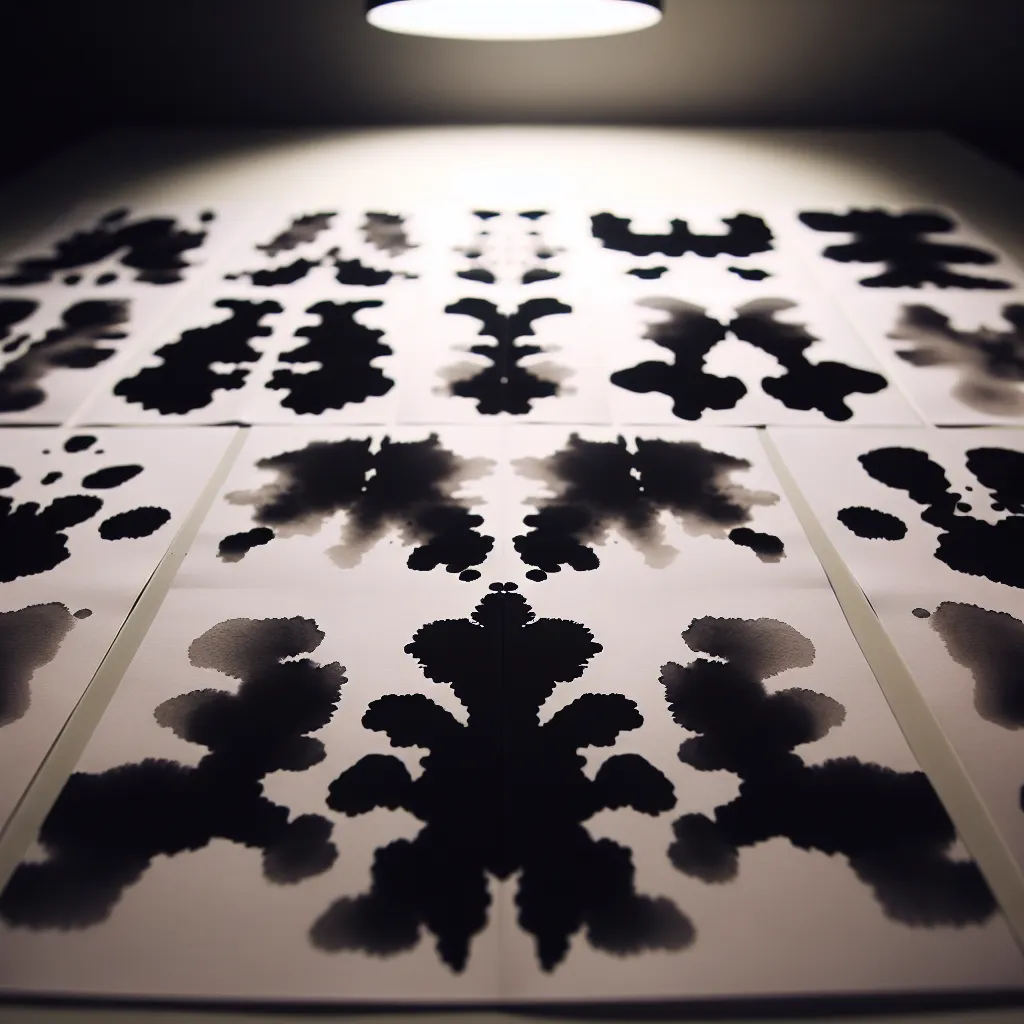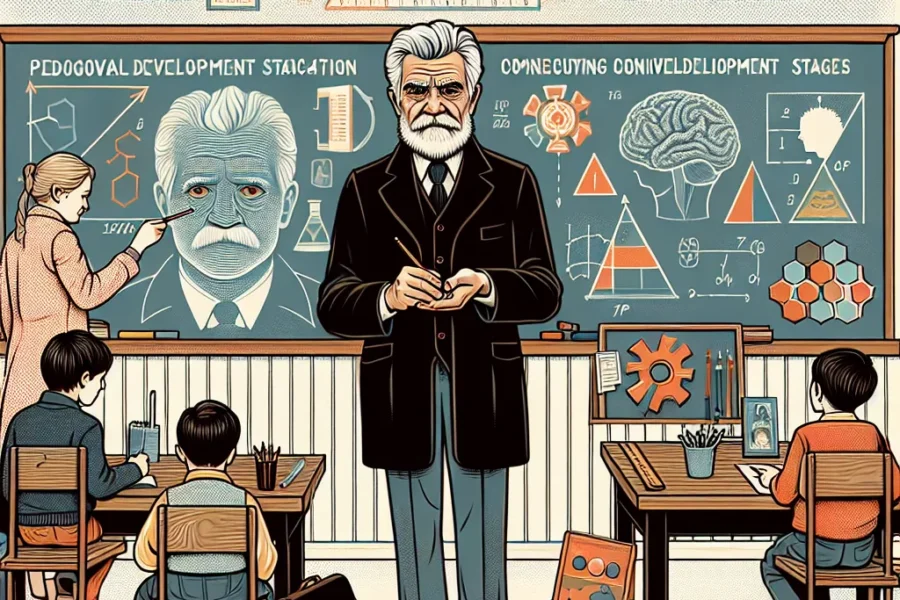The Rorschach inkblot test, developed by Hermann Rorschach in 1921, is a psychoanalytical tool used to delve into an individual’s subconscious mind and interpret their personality characteristics and emotional functioning. This psychological test consists of ten unique inkblot cards and relies on what is known as a projective technique, allowing individuals to project their subjective interpretations onto ambiguous stimuli, in this case, inkblots. While this test can seem mystifying at first glance, understanding the methodology behind it can shed light on its enduring relevance in the realm of psychology.
When a participant is presented with a Rorschach inkblot, they are asked to describe what they see. The idea is not to find the “correct” answer, as with a typical test, but rather to express their personal perceptions, thoughts, and feelings elicited by the inkblot’s shapes and colors. This process is thought to reveal hidden aspects of one’s personality, as individuals are likely to project their internal world onto the otherwise meaningless ink pattern.
Each of the ten inkblots in the Rorschach test is carefully designed to be ambiguous and symmetrical, providing a balanced image that can stimulate a wide range of interpretations. Symmetry plays a crucial role, as it allows for more varied and complex responses. Some inkblots are black and white, while others have shades of gray or splashes of color, adding another layer to the analysis as different colors can evoke different emotions and associations.
To decipher the meaning behind Rorschach’s inkblots, psychologists examine several aspects of a person’s response. The location of the focus within the inkblot, the determinant (what aspect of the inkblot shapes the perception), the form quality (how well the perceived image corresponds to the actual inkblot shape), the content (what the perceived image represents), and the originality of the response are all taken into account.
For example, if a person consistently focuses on darker areas or interprets the blots as depicting aggressive or disturbing imagery, this may highlight anxiety, pessimism, or internal conflict. Conversely, finding lighter areas or positive images like animals or butterflies could suggest a more optimistic outlook or a tendency to seek harmony.
Additionally, attention is paid to whether individuals interpret the blots as motion or static images. Perceiving motion may imply a person is dynamic and action-oriented, whereas static interpretations might suggest a preference for stability and order.
During the interpretation phase, psychologists also consider the frequency of certain types of responses compared to established norms. Some images might commonly be seen as certain objects or figures by a large section of the population. These common responses serve as a baseline to identify more unique or atypical perceptions which can give clues to a person’s unique way of thinking.
The Rorschach test has become a culturally iconic symbol of psychology, often featured in media and art. Its goal is to operate beyond the constraints of language and cultural boundaries, tapping into the universal language of imagery and symbolism. Rarely administered in isolation, it complements a battery of assessments, including interviews and other standardized tests, to form a comprehensive psychological profile.
The accuracy and validity of the Rorschach test have been subjects of debate. Critics argue that interpretations can be highly subjective, heavily dependent on the examiner’s perspective and the context of the examination. However, proponents emphasize its value, especially when used by experienced practitioners with extensive training in administering and interpreting the results.
Overall, the Rorschach inkblot test remains a fascinating tool for psychologists aiming to understand the complexities of the human psyche. While no single test can reveal the entirety of a person’s internal world, the Rorschach test continues to be a valuable asset in the psychology community, providing insights into the deeper layers of the subconscious mind.
To fully appreciate the nuances of the Rorschach inkblot test, it’s essential to recognize its role within the broader context of psychological assessment. It is not a magic window into the soul, nor is it advisable to draw sweeping conclusions from its results alone. Instead, it is best seen as one component of a thorough psychological evaluation process, a piece of a puzzle that, when combined with other pieces, helps to create a clearer picture of an individual’s mental functioning.
In conclusion, Rorschach’s inkblots stand as a testament to the human capacity for complex thought and interpretation. Whether glimpsing into the darker recesses of the mind or illustrating the imaginative tendencies of the psyche, these inkblots serve as a canvas for our innermost perceptions and feelings. As psychology continues to evolve and we grow in our understanding of mental health, the Rorschach inkblot test remains a tool of curiosity and exploration, beckoning us to decipher the profound meanings hidden within its symmetrical blots, reflecting our timeless quest to unlock the secrets of the human mind.



Leave a Comment